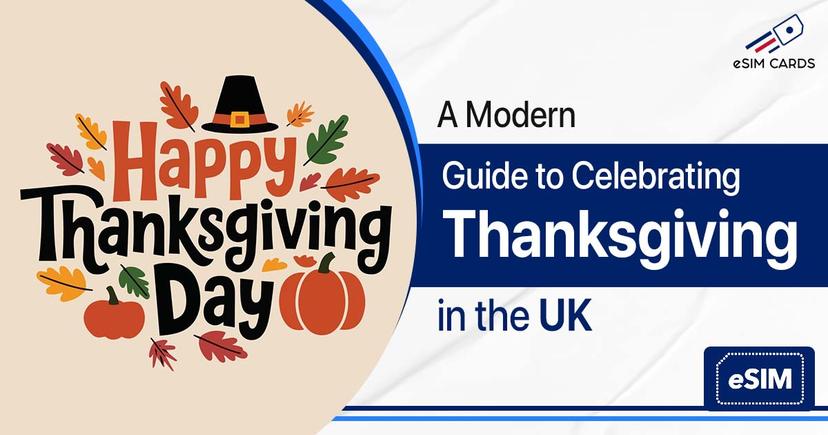The Best Time to Visit Japan with Less Crowd & More Fun!
May 27, 2025

Are you someone who wants to travel to the most scenic places on earth? If so, then Japan tours must be on your bucket list. & not only you, it was in the list of around 25 million people in 2023, the numbers have been growing since then. Often these people visit more or less at the same time, flocking to the cheery blossoms and autumn foliage. To enjoy lower crowds and still have great weather, plan carefully. If you are looking for the best time of the year to visit Japan, we’ll cover seasons, regions and practical tips here quickly!
Table of Contents
Seasons and Climate in Japan
Best Times to Visit: Balancing Crowds and Weather
Spring (March–May) – Cherry Festivals
Summer (June–August) – Rainy Season, Heat and Festivals
Autumn (September–November) – Fall Colours
Winter (December–February) – Snow and Onsen
Inside Japan: Top Regions (Tokyo, Kyoto, Hokkaido, Okinawa)
Staying Connected: eSIM Data Plans
FAQ
Seasons and Climate in Japan
Japan spans from subarctic Hokkaido to subtropical Okinawa. With multiple beautiful seasons, Japan’s weather and temperature keep changing. Summer (July–Aug) is hot and humid; winter (Dec–Feb) can fall to freezing in the north. While June and July mark the rainy season in most of Japan, typhoons often arrive from August into September. Understanding the weather pattern of Japan gives you a slight idea of when the right time for you to visit would be.
Best Times to Visit: Balancing Crowds and Weather
Spring and autumn offer pleasant weather (mild temperatures and clear skies) but come with heavy tourism. Golden Week (late Apr–early May) is the time when domestic and international travellers are out on the streets of Japan, so it caters huge crowd. Other than that, there are two peak seasons, March to May and September to November; avoid them for no crowds.
Spring (March–May) – Cherry Festivals
Cherry blossoms are the epitome of spring. Mild 10°–20°C weather makes sightseeing comfortable. Late March/early April brings sakura in cities like Tokyo and Kyoto. However, this season is extremely popular; expect big crowds. It is important to know that Japan’s Golden Week also includes domestic tourists, which is in late April to early May.
Summer (June–August) – Rainy Season, Heat, and Festivals
Summer in Japan starts with rain. June through early July is the monsoon season (wet and humid). July and August then turn hot and sunny, often above 30°C. Coastal areas like Okinawa and Shikoku, and higher elevations (Hokkaido, the Japan Alps), have become popular escapes. Summer is also festival time: lively matsuri (street festivals) and fireworks light up nights. Overall, summer has more rain and heat, but also unique cultural events.
Autumn (September–November) – Fall Colours
Autumn brings cooler, drier weather and stunning foliage. Late October through November, maple and ginkgo trees turn a vivid red and yellow pallete. This season is very popular. Many travellers time their visits for the fall colours. Typhoon season is mostly over by mid-October in most regions, so October–November offer stable, cool days perfect for temple visits and hikes.
Winter (December–February) – Snow and Onsen
Winter is off-peak for many foreign tourists, so you’ll see fewer crowds and better prices. Northern Japan (Hokkaido, Tohoku) becomes a snowy wonderland – perfect for skiing and snow festivals (like Sapporo’s famous event in February). Expect very cold weather there (Hokkaido averages around –6°C). Central Japan (Tokyo, Kyoto) has chilly but often dry weather (around 0–10°C). Winter illuminations, snowy temple scenes and cosy onsen (hot springs) make winter travel special.
Inside Japan: Top Regions (Tokyo, Kyoto, Hokkaido, Okinawa)
Japan’s regions shine at different times. Here are the must-see areas inside Japan for visitors. For example, one itinerary might focus on modern Tokyo while another explores rural Hokkaido or tropical Okinawa:
- Tokyo – The bustling capital offers city life, culture and shopping. It’s busy year-round, but spring blossoms and autumn leaves are especially pleasant in its parks and temples.
- Kyoto (Kansai) – The spiritual source of Japan, with its heart filled with scenic temples and gardens. Don’t miss cultural festivals like Gion Matsuri (July).
- Hokkaido (North) – The great outdoors island. Cool summers (ideal for hiking and flower fields) and heavy winters (famous powder snow). Ski resorts and nature are highlights.
- Okinawa (South) – Tropical islands with beaches and coral reefs. Warm most of the year; best in late spring/early summer for sunbathing (avoid typhoons in midsummer).
Other highlights: Osaka (food and nightlife), Hiroshima/Miyajima (history and torii gate), Nara (deer and temples), etc. Plan your Japan tours to include at least one big city, one historic site and one scenic region.
- Instant Japan eSIM—perfect for tourists, business travelers, and adventurers alike.
Staying Connected: eSIM Data Plans
Whether exploring Tokyo’s backstreets or hiking a mountain trail, stay online with a travel eSIM. eSIMCards offers a Japan data plan on KDDI’s network. KDDI covers ~95% of Japan’s population, so you get fast 4G/5G data almost everywhere. The Japan eSIM is data-only (no local phone number needed) and even allows hotspot tethering. This way, you can use Google Maps and messaging apps immediately upon arrival, without swapping physical SIM cards.
Ready to experience Japan tours? Ensure smooth travel by getting an eSIMCards Japan data plan. You’ll get high-speed internet at all major destinations!
FAQ
Q1. Which season should I select for my next Japan tour?
Ans. Spring and autumn are the best seasons for their picturesque settings. These months give you cherry blossoms or fall colours, but they are also busy. If you prefer fewer crowds, try January–February or June–July (rainy season).
Q2. What should visitors know before travelling to Japan?
Ans. Bring seasonal clothing (Japan has distinct weather). Carry yen, which is the currency of Japan, because you might get stuck in places that do not take cards. Tipping isn’t expected. Public transport is efficient – consider a rail pass or IC card (Suica). Observe local etiquette (quiet trains, remove shoes indoors). Finally, arrange mobile data (eSIM or pocket Wi-Fi) before you go so you have maps and translator apps on hand.
Q3. When to go to Japan and avoid the crowds completely?
Ans. Two periods will help you avoid a major crowd. Plan to visit in the rainy season (June–mid-July) and the winter low season (January–Feb). Prices are lower than too.
Q4. What are the things I shouldn't miss in Japan for visitors?
Ans. See one nature area like Hokkaido (mountains and snow) or Okinawa (beaches). Historic sites like Hiroshima (peace memorial) or Nara (temples and deer) are highlights too. In other words, try to see at least one major city, one cultural/historical spot and one scenic/natural region to get a full picture of Japan.






